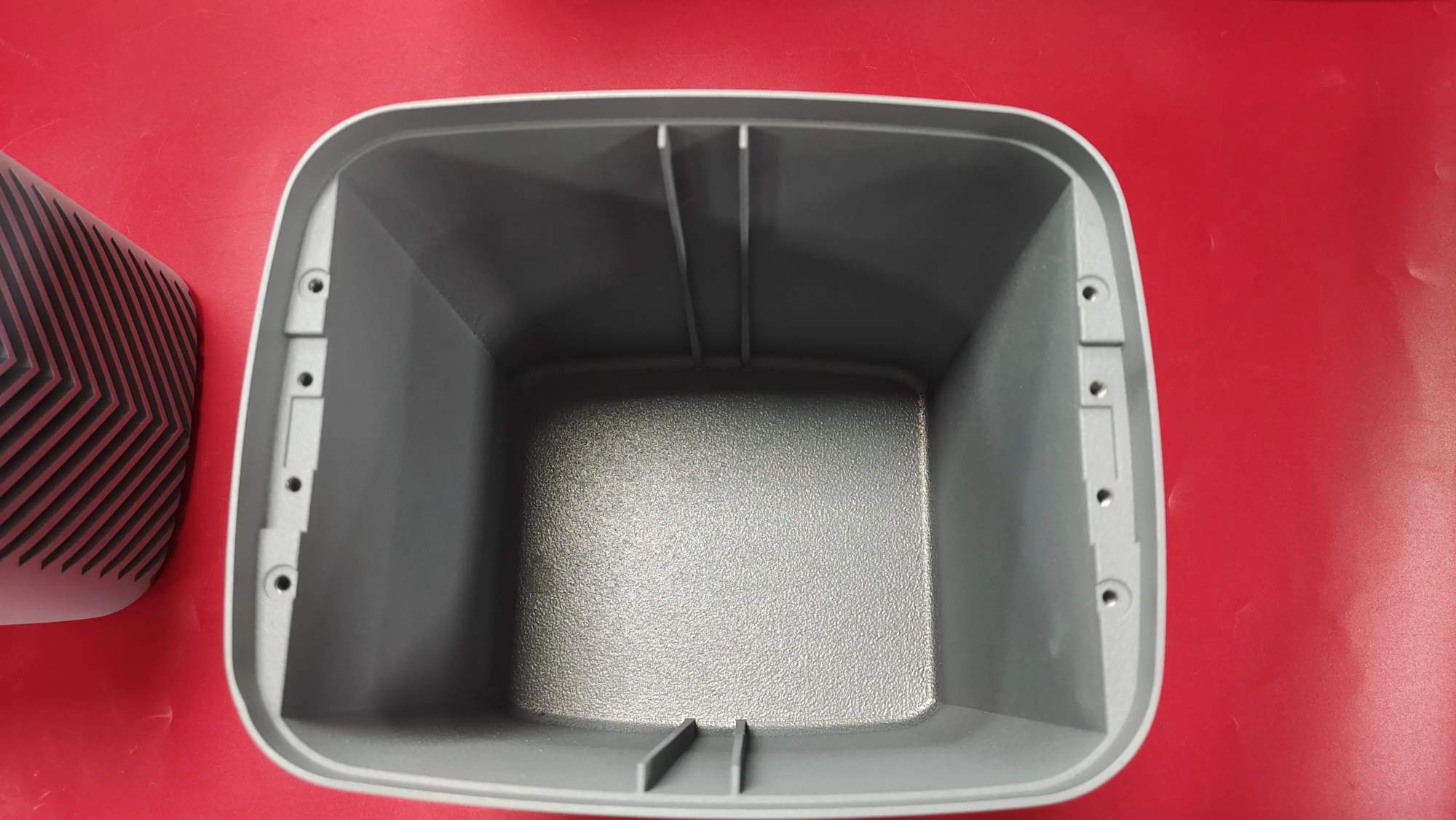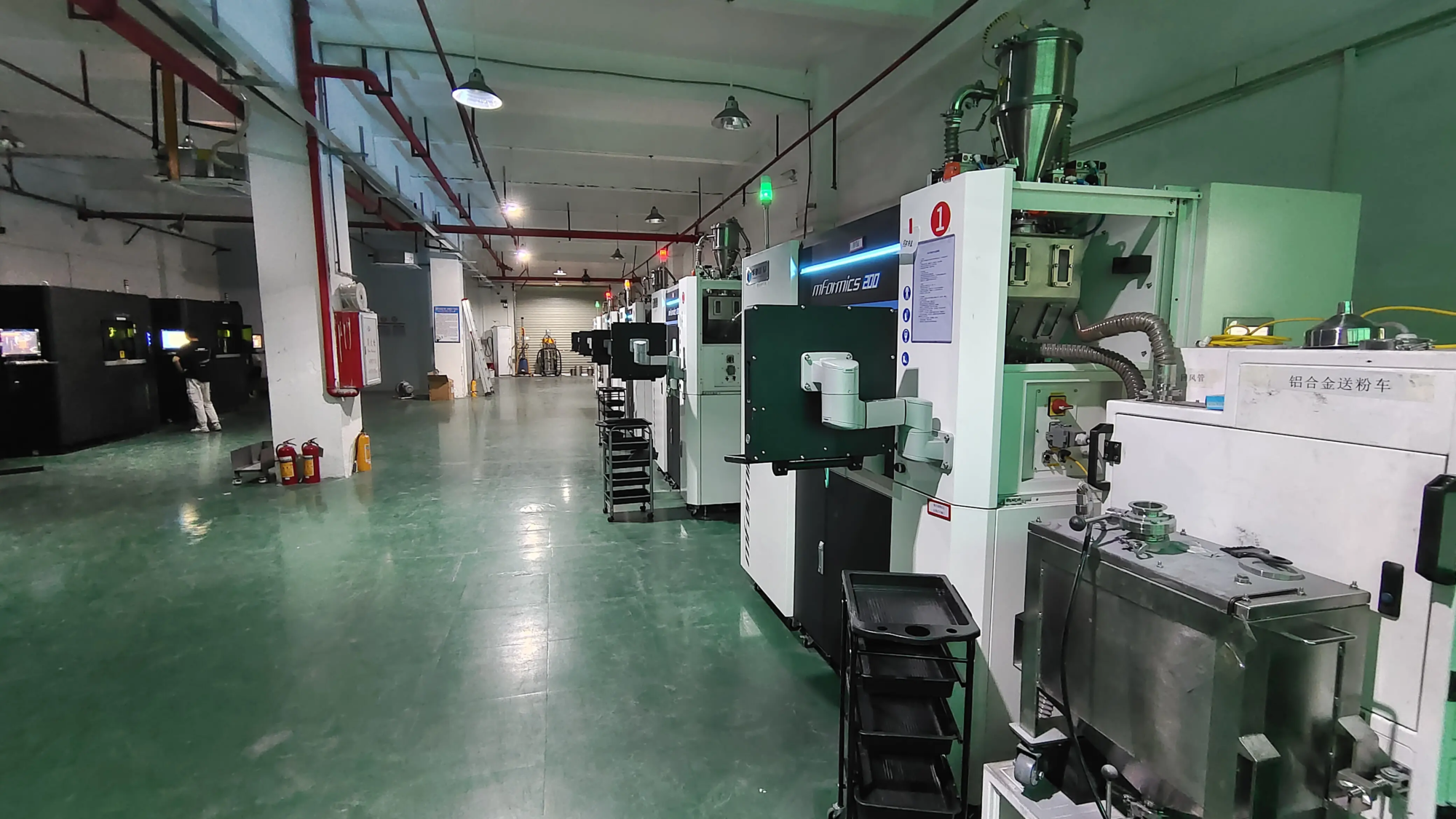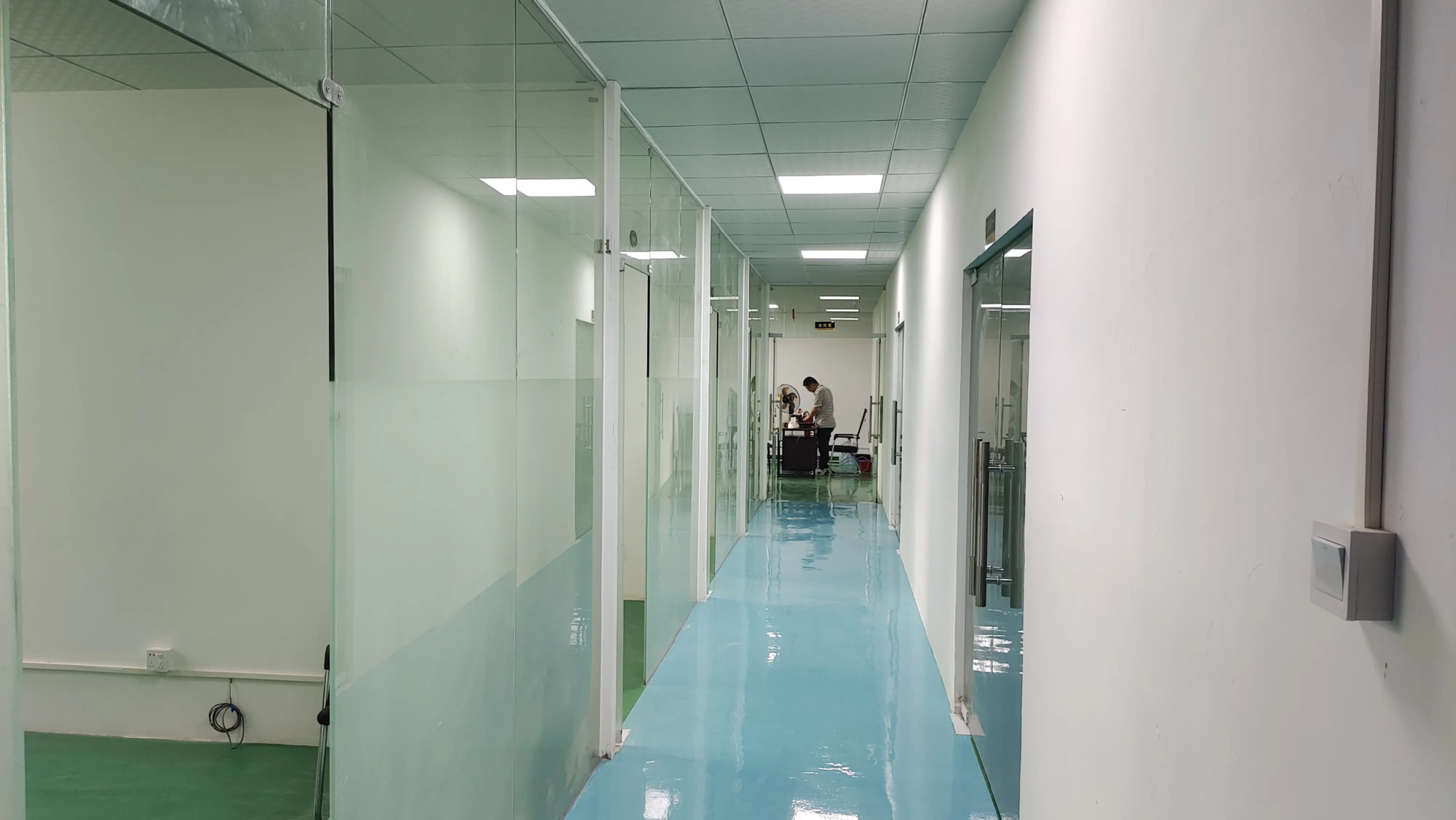Spin for Success: Make a DIY 3D Cat Wheel for Happy, Healthy Felines
introduce
As cat owners increasingly look for ways to keep their indoor pets active, DIY projects that blend creativity and functionality have proliferated. A brilliant innovation? this 3D printed cat wheel— A dynamic exercise tool comparable to commercial models (such as the popular "a fast cat" wheels) in terms of performance and customization. By utilizing 3D printing, pet lovers can design lightweight, durable wheels based on their cat’s size and personality. But success depends on precision engineering and material resilience. Here’s how to navigate a project, from design to assembly, with rapid prototyping services such as huge light Transform ambitious ideas into veterinary-approved reality.
Why build a 3D cat wheel?
Commercial cat wheels typically cost $200 to $500 and lack custom sizes for large breeds or multi-cat households. DIY methods can solve this problem:
- Cost effective
Materials for DIY averaging wheel $50–$150. - Customized
Adjust diameter (40"–48" Recommended), tread width and aesthetics to match your space and cat’s gait. - security control
Choose nontoxic, pet-safe materials (such as ABS or PLA plastic) and eliminate pinch points.
Design and Engineering Essentials
Building a function wheel requires careful planning:
- stability and balance
Sturdy base prevents tipping. Suitable for wheels above 40" diameter, integral Metal reinforcement ring (printed via SLM) to handle torque. - low friction rotation
Use sealed bearings (608 skate bearings work great) in the 3D printed housing sleeve to minimize noise. - Tread design
Choose non-slip textures (such as diamond or ribbed patterns) printed on flexible TPU for improved grip. - Assembly logic
Divide the wheel into 6-8 interlocking sections for easier printing and shipping.
🔬 Professional insights: Start by testing the prototype on a small scale. Print a 10% model to verify joint integrity and mass distribution.
Why professional rapid prototyping can improve your builds
Hobbyist FDM printers excel at printing non-structural parts, but critical parts require industrial-grade solutions. huge lightthe leader in metal rapid prototyping, bridges this gap:
- SLM 3D printing
Selective laser melting to build load-bearing components (axles, brackets) Stainless steel 316L or Titanium alloyensuring zero deformation under the cat’s weight (up to 15 kg). - Post-processing mastery
Surface smoothing, heat treatment and anti-corrosion coating eliminate printed lines and increase durability. - speed to market
From CAD file to part, average turnaround time 3–5 daysideal for iterative testing.
✅ case study: The customer’s PLA wheel cracked after two weeks. GreatLight redesigned it using aluminum, reducing weight by 40% while increasing load capacity.
Step-by-step build guide
- CAD design
Use Fusion 360 or Tinkercad. Key specs:- Inner diameter: 1.5 times the length of the cat.
- Tread width: 12"–14" (for a comfortable pace).
- printing strategy
- plastic parts: PETG (anti-UV/anti-impact) printing wheel segment filling rate is 30%.
- Metal reinforcement materials: Outsourcing high-stress components to GreatLight. For example, bearing housings benefit from SLM’s dimensional accuracy (±0.1mm).
- assembly
Use stainless steel hardware to secure the segmented bolts to the metal rings. Attach the bearings to the welded steel frame.
in conclusion
DIY 3D cat wheels combine pet health with manufacturer ingenuity, but cutting corners can lead to structural failure. Working with an expert ensures safety and longevity. GreatLight’s end-to-end rapid prototyping services enable creators to Iterate without feartransform digital blueprints into powerful, cat-approved designs. Whether printing custom plastic pedals or aerospace-grade metal supports, they prove that innovation thrives at the intersection of creativity and precision engineering.
Ready to bring your vision to life? Explore professional-grade solutions GreatLight’s Custom Rapid Prototyping Center.
FAQ
Q1: Can I print the entire cat wheel with a hobbyist printer?
While FDM can be used, large parts are prone to warping and layer separation. for 48" Wheels, specialized SLS or outsourcing structural elements to GreatLight ensures reliability.
Q2: What material is the safest for cats?
Food grade PETG or ASA (UV stabilized) are ideal. Avoid materials that emit volatile organic compounds. All GreatLight metal prototypes use biocompatible alloys certified for consumer use.
Q3: How much weight can 3D printed wheels support?
Well-designed plastic wheels accommodate cats ≤7kg. For heavier breeds (e.g. Maine Coon cats), embedded SLM printed aluminum supports can support weights in excess of 15kg.
Q4: Does GreatLight assist in design optimization?
Yes! Their engineers provide Free DFM (Design for Manufacturing) Analysis Optimize wall thickness, reduce support structures and prevent stress points.
Q5: What aftertreatment options enhance the wheels?
Options like vibratory polishing (for plastics) or electrochemical finishing (for metals) produce a smoother surface than sanding, eliminating porous spots where bacteria can thrive.
Question 6: How long does a metal printed part last compared to a plastic printed part?
In daily use, SLM-printed aluminum parts can last ten years, while plastic parts can last 1-2 years.
Q7: Can I scale a design for multiple cats?
Absolutely. GreatLight focuses on iterative scaling – for example, scaling segments to 60" diameter while maintaining concentricity.
Have more questions? Contact the GreatLight team for the perfect build! 🐾
Disclaimer: Consult your veterinarian before introducing new exercise equipment. Test prototypes without pets present.





